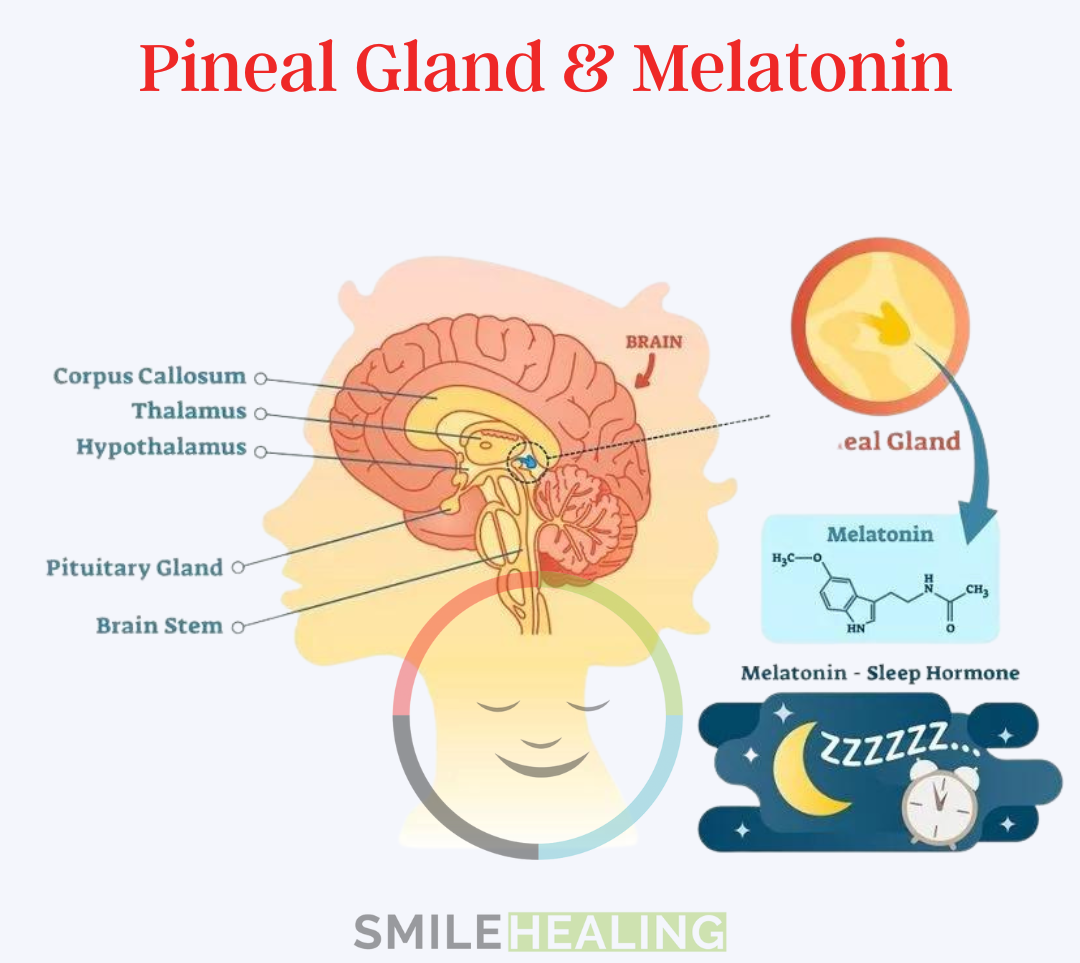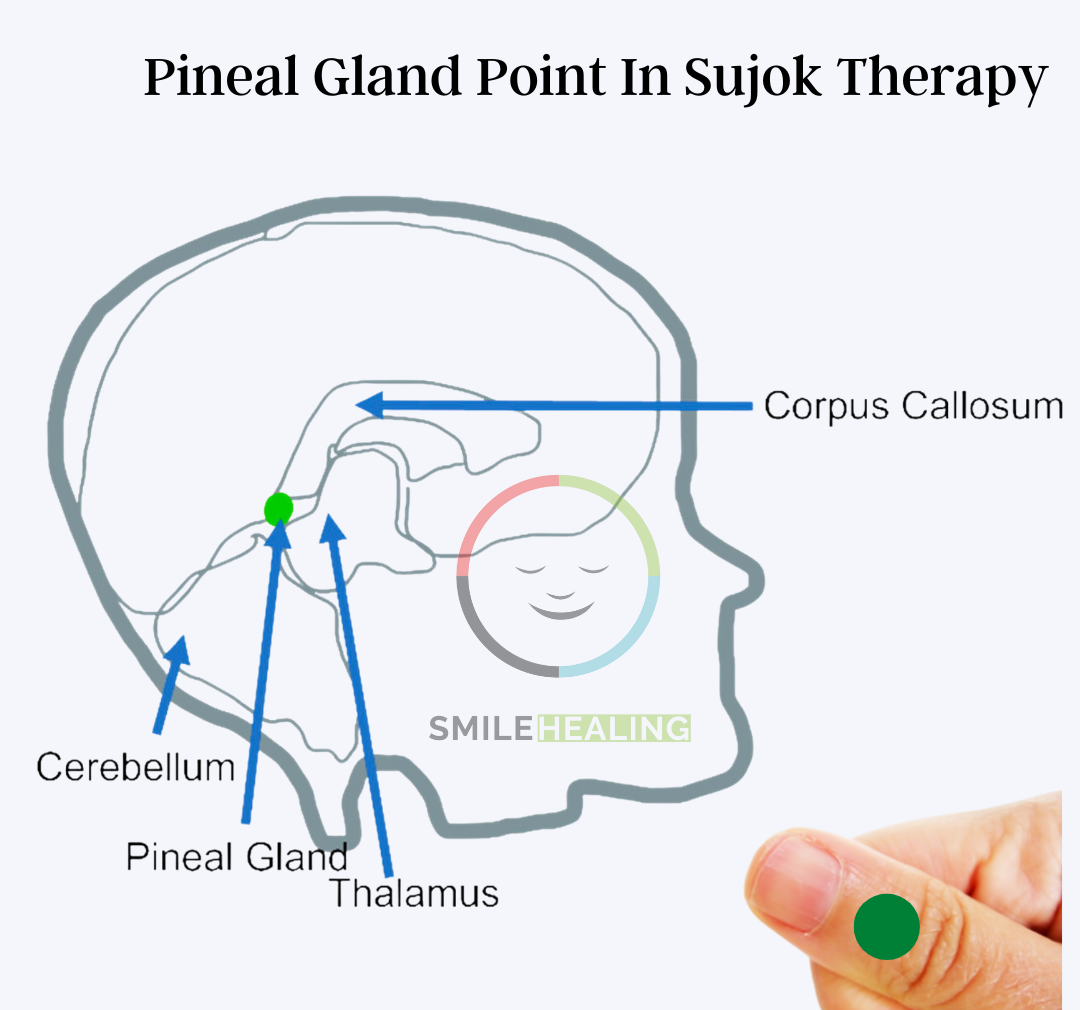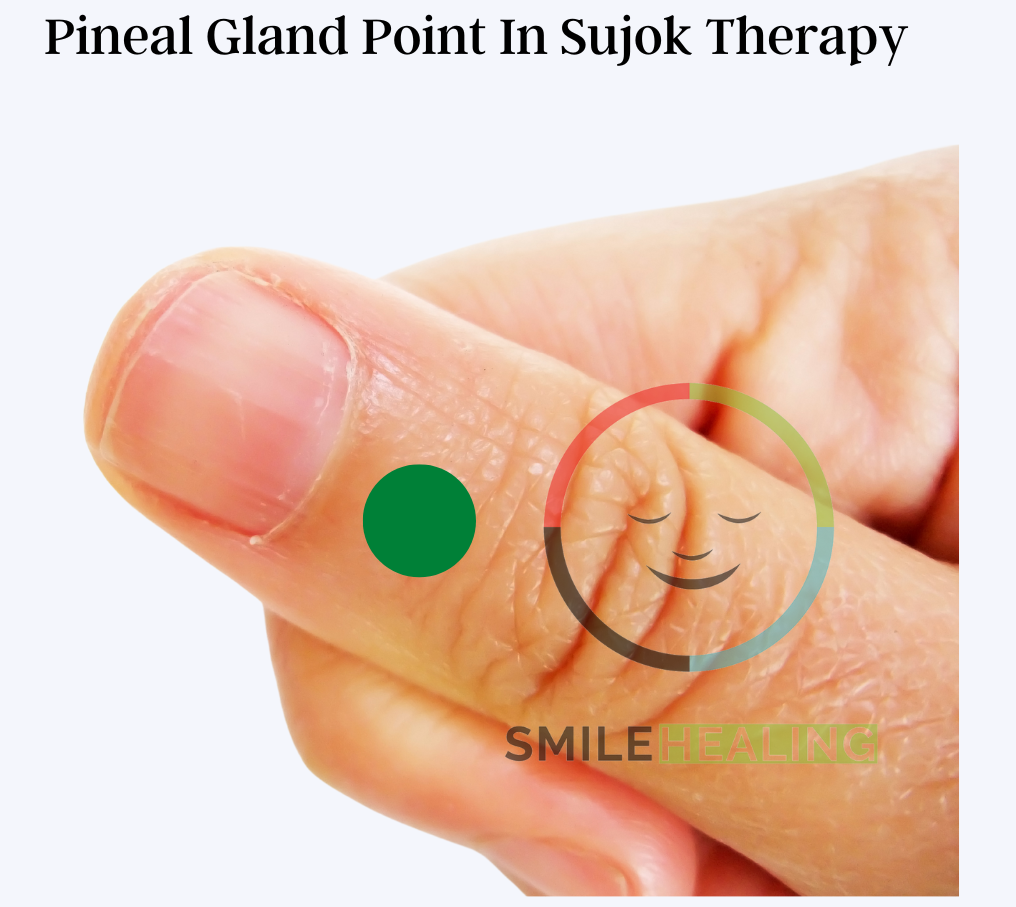Introduction:Deep sleep at night is controlled internally by a hormone known as melatonin. Melatonin is commonly called the “sleep hormone”.
Melatonin is a vital hormone secreted by the pineal gland (a small endocrine gland present at the center of the brain).
The synthesis of melatonin takes place according to the circadian rhythm (sleep-wake cycle) and repeats every 24 hours.
Maximum production and release of melatonin occur at night from where it passes into the cerebrospinal fluid in the brain to help relay signals via the bloodstream to other organs in the body. The tissues in the system receive melatonin, indicating that it is nighttime, thereby enabling uninterrupted sleep. It is also known as the hormone of darkness. However, the production of melatonin is disrupted by the presence of excessive light, which leads to a decrease in the hormone level.
Though low melatonin levels do not affect the person’s ability to fall asleep at night, a sufficient and optimal amount of melatonin induces uninterrupted deep sleep, thus preventing disorders like insomnia and promoting a better quality of rest in the nighttime.
Biosynthesis:
The initial theory behind the discovery of melatonin was the identification of a substance produced by the pineal gland that controlled skin tone. The human melatonin gene was discovered in 1958 by Dr. Aaron Bunsen Lerner.
Melatonin is synthesized from serotonin (a neurotransmitter that itself is derived from the amino acid tryptophan) by N- acetylation, in which acetyl- CoA serves as acetyl- donor and followed by methylation of the 5-OH group in which “S- adenosylmethionine ( active methionine ) serves as a methyl donor.
The reaction of methylation of the -OH group is localized in pineal body tissue.
The pineal gland’s synthesis and secretion of melatonin are regulated by light.
Melatonin production and release in the brain increases when it’s dark and decreases when it’s light.
The ability to produce melatonin by mitochondria, which was inherited from bacteria, the ancestors of mitochondria, is possible. Therefore, it is likely that all cells with mitochondria can make melatonin.

Functions of melatonin:
- Synchronizing the circadian rhythm and regulating the sleep-wake cycle.
- It promotes peaceful and sound sleep.
- It is a powerful antioxidant.
- It’s 2x more powerful than vitamin E.
- It triggers antioxidants like glutathione.
- Maintaining an ideal low body temperature slightly below normal levels during the night.
- Controlling Blood Pressure and preventing instances of hypertension.
- Strengthen the immune system and reduce the risk of chronic illnesses like diabetes, heart disease, and infections.
- Enriching skin tone and texture and conferring uniform complexion.
- Protecting internal cells, and tissues, besides the brain, and spinal cord from Oxidative damage by harmful free radicals, due to its powerful antioxidant properties.
- Can increase serum levels of HGH and thyroid hormones by increasing the conversion of T4 into T3.
- Calms down excessive Cortisol activity
Abnormal Melatonin levels:
High levels may contribute to:
- Inhibition of ovulation
- Mood disorders
- Decreased body temperature
Low levels may contribute to:
- Insomnia; sleep/wake disorders
- Mood disorders
- Increase risk of CVD
- Immune disorders
- Cancer
There are two forms of melatonin, one being subcellular melatonin, which means it’s inside the mitochondria. It’s there to help protect against oxidation and free radical damage in the mitochondria.
A lack of melatonin can:
- Affect the sleep
- Cause inflammation
- Cause loss of antioxidant protection in the mitochondria
- Lead to chronic degenerative diseases (especially of the brain)
The largest stimulus of subcellular melatonin is near-infrared light (NIR).
A few things that give off NIR:
- The sun
- Campfires
- Fire in a fireplace
- Candles
- Incandescent lights
- Infrared sauna
- Infrared lights and leaser
Being outside in nature and the sun may be just as important as eating healthy. Infrared light also protects against UV radiation.
Being exposed to artificial lights (LED light and blue light) is a big cause of a deficiency of infrared light.


What we can do:
- Get outside in the sun
- Get a therapeutic near-infrared light
- Switch lights to incandescent lights
- Have more fires and use candles
- Stimulate points of Pineal gland in Sujok Therapy.
Facts regarding melatonin:
- Highest levels occur in childhood before puberty with a steep decline during puberty.
- Elderly persons may have significantly lower melatonin levels at night.
- Women with endometrial cancer were found to have a 6- fold decrease in plasma melatonin.
- Women with breast cancer were found to have a significant reduction in serum melatonin compared to those with benign breast disease.

Dr. Ajay Singh
Specialist in Sujok Therapy & Functional Medicine
B.P.T.,P.G.D.H.H, F.L.S.M, C.A.Y.N
Awarded as Research Scholar in the Year 2019 by ISA


Sir, too good.
Thank you for this blog
Very informative article.
Too much informative and useful 🙏🙏
Very interesting